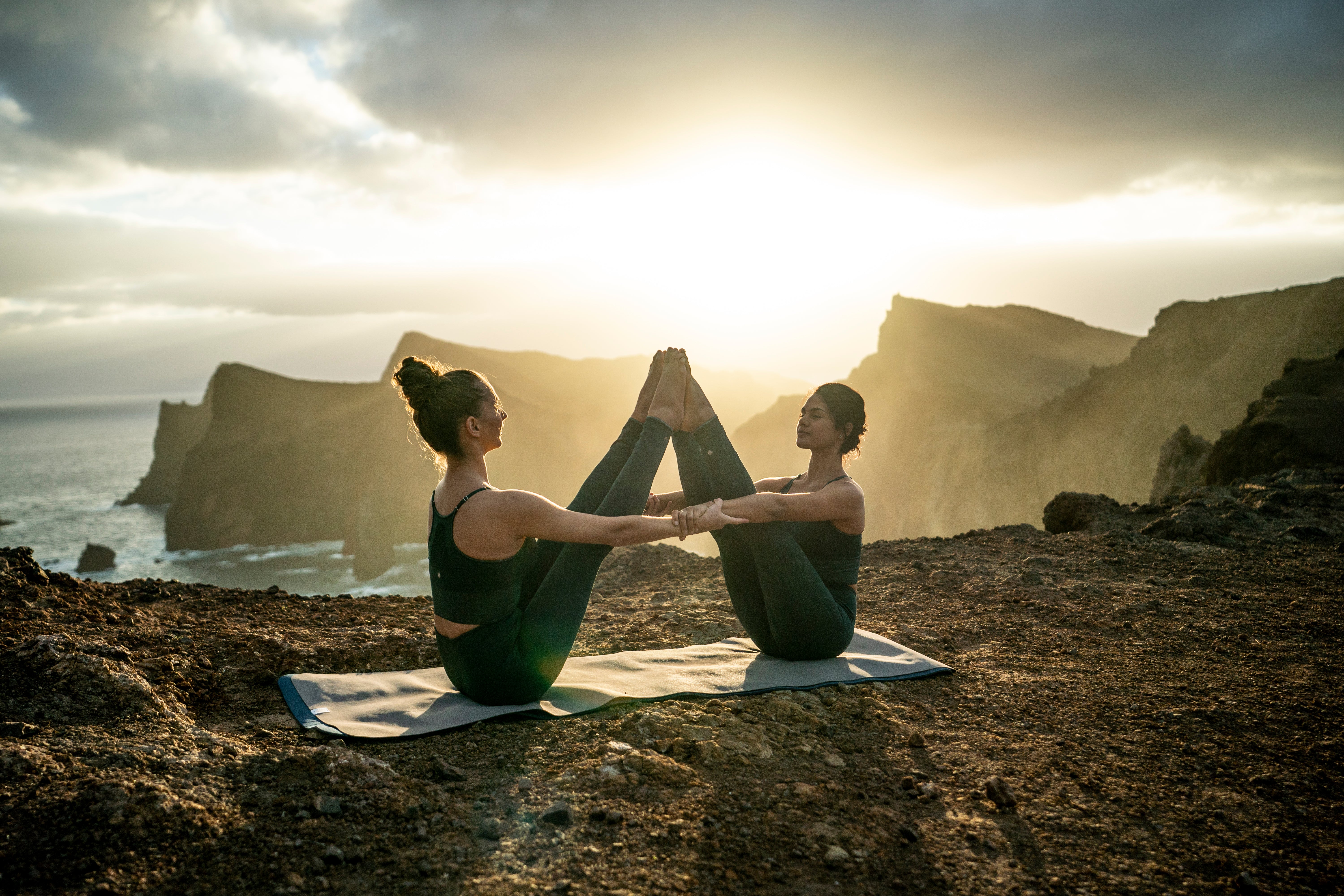We designed this ergonomic saddle for riding regularly at a 30° torso angle and moderate intensity for more than 3 hours.
Features:
290 mm x 143 mm
Compatibility:
Compatible with all brands of seatpost with 7 mm rails.
How to choose a saddle based on your riding habits?
For optimal comfort, the choice of saddle depends on your riding position. For a 90° position (back straight), choose a wide, gel-padded saddle, ideal for comfort.
For a 60° position (versatility), a medium saddle offers a good compromise between comfort and sportiness.
Finally, for a 30° position (performance), choose a thin saddle with a narrow nose, designed to reduce pressure and improve pedalling efficiency.
CHOOSING YOUR SADDLE WIDTH
This 143 mm wide saddle will be suitable if the width between your ischial bones is between 90 and 120 mm.
Watch this video tutorial on how to measure the width between your ischial bones:
You can also watch our tutorial video which will explain all the steps described above: https://players.brightcove.net/3415345270001/DOHosj6Wy_default/index.html?videoId=ref:p2575062_1
TO MAKE THE MOST OF YOUR BIKE RIDE:
Adjusting your saddle is essential to be comfortable when cycling. First choose a model which is suitable to your posture (for example, a back inclined at 30°).
Adjust the height for a natural extension of the leg, then the angle to avoid any pain.
Finally, adjust the advance and offset to align your knees with the pedals. For complete comfort, suitable cycling shorts are also recommended.
1. DETERMINING SADDLE HEIGHT (part 1)
To find the perfect bike size, measure the height of your inside leg. You will need a tape measure, a hardback book and a pencil.
Stand with your back against the wall, barefoot and with your feet slightly apart (15-20 cm), heels against the wall. Place the book between your legs, lift it up to your perineum and mark a slight mark on the wall at the top of the book.
Measure the distance between this mark and the floor. This measurement is vital for choosing the right size of bike.
1. DETERMINING SADDLE HEIGHT (part 2)
How to know at what height to adjust your saddle?
It's simple:take the measurement between the ground and the top of the book, then multiply by 0.883.
For example, if you measured 89 cm, that makes 78.6 cm.
This is the distance you must have between the centre of the bottom bracket and the top of the saddle.
No need to be a pro to adjust your bike, just follow this method.
2. ADJUSTING THE SADDLE INCLINE
The angle of the saddle is also important!
To adjust it correctly, you will need a spirit level.
Place it at the front of the saddle, between the centre and the tip, and adjust until it is completely flat.
Then, try it out on several bike rides. It is normal to adjust it a little over time: the most important thing is to be at ease when pedalling.
3. Adjust the saddle offset
Moving the saddle forwards or backwards: why is it important?
A good adjustment will help you to avoid any pains and to pedal more effectively.
Sit on your bike, leant against a wall.
Attach your shoes to the pedals, and put the crank in a horizontal position.
Look at your knee:the front of the knee must be in line with the pedal.
Too far forwards? Move the saddle back a bit. Too far back? Move it forwards a bit.
Ideal for road and gravel cycling as well as XC MTB with its wide, ergonomic design suitable for all body types.
Sitting comfort
Ergonomic seat for better distribution of pressure.
Anatomic design
The central part relieves pressure on the perineum. Unisex.
We designed this ergonomic saddle for riding regularly at a 30° torso angle and moderate intensity for more than 3 hours.









